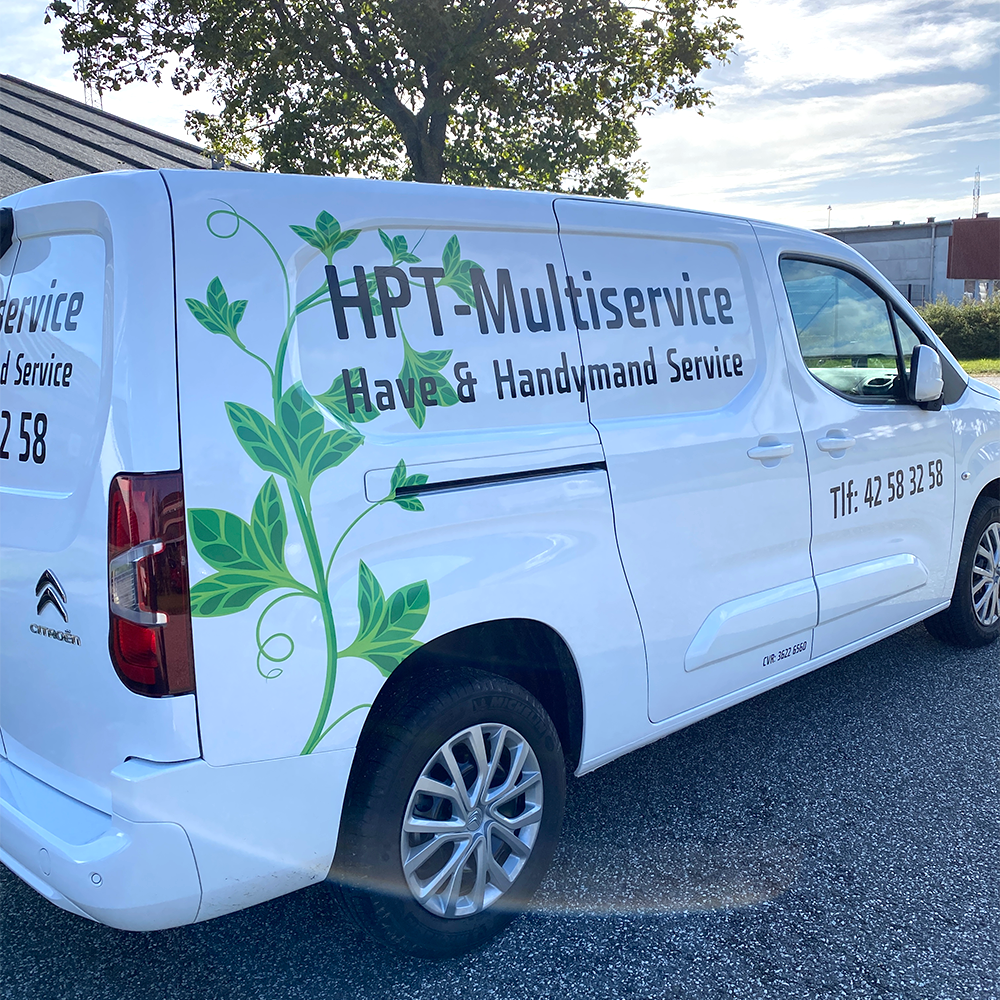Vi tilbyder
Jeg tilbyder blandt andet:
• Grafisk Assistance
• Print broker
• Alle former for tryksager
• Storformat skilte, herunder banner, roll ups mv.
• Folie til gulv, vægge og firmabiler
• Lysskilte
• Profiltøj
• Arbejdstøj
• Løbsmedaljer
• Merchandise
• Reklameartikler
• Firmagaver
• Slik & vand med logo
• Shopping poser med eller uden tryk
• Forsendelsesposer
• Monteringsopgaver

Om 76NORD
Med udgangspunkt i min uddannelse som grafiker, har jeg øje for detaljer og øje for at skabe unikke løsninger. Jeg driver virksomheden alene, dog har jeg et stort netværk af kompetente samarbejdspartnere, der gerne træder til med professionel sparring. Det gør, at jeg er meget fleksibel i mit arbejde og i min kontakt med mine kunder. Jeg er ikke geografisk begrænset og jeg kommer gerne på kundebesøg. Jeg er endvidere hurtig på tasterne, når kunderne har brug for mig.
Cases
Her er et lille udpluk af hvad jeg har leveret








